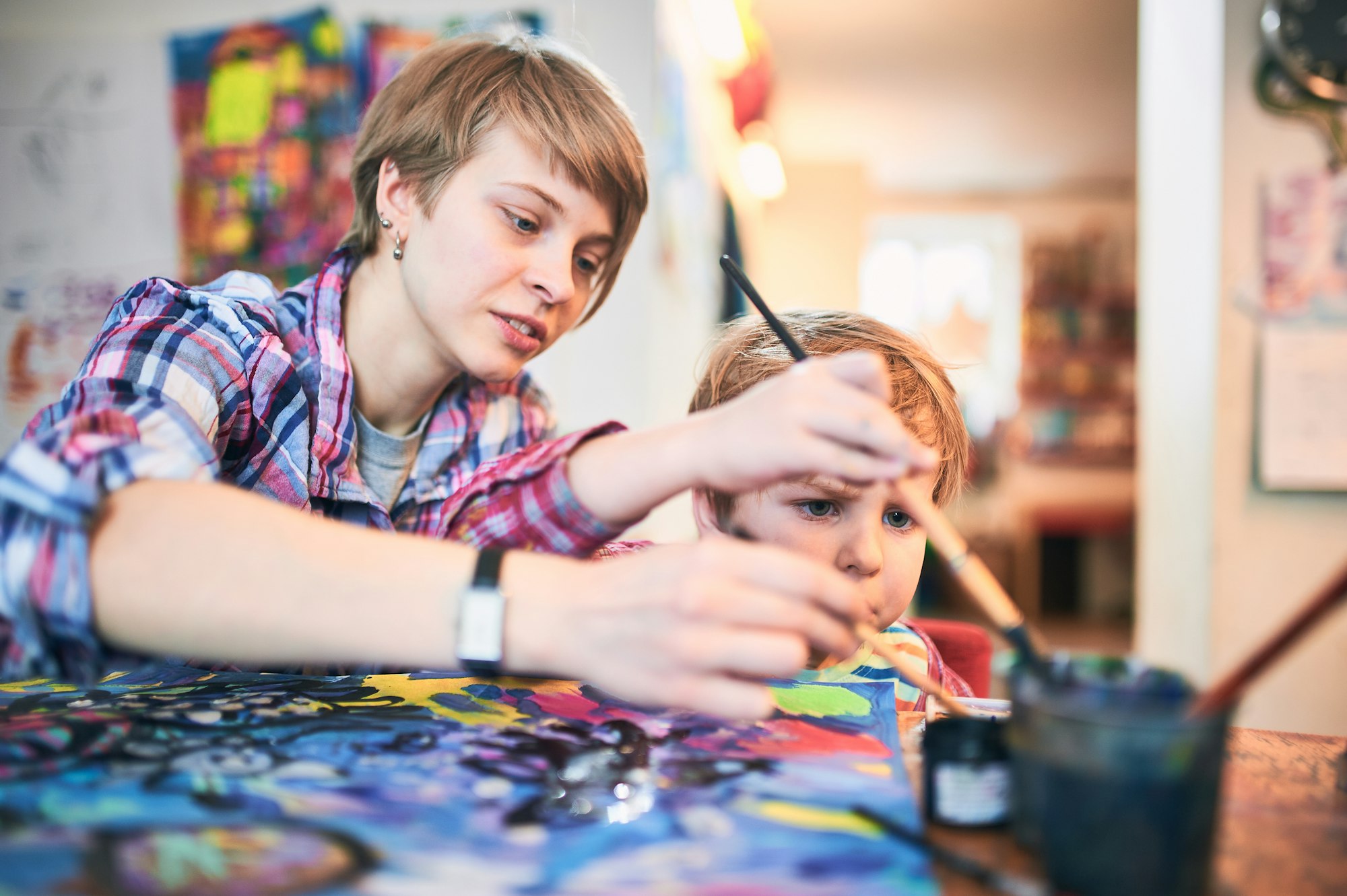Encouraging artistic expression in children is vital for their overall development. Artistic activities not only foster creativity but also enhance emotional well-being, cognitive abilities, and social skills. Here are some practical tips to nurture creativity and encourage artistic expression in your child.
1. Understanding the Importance of Creativity
1.1 Why is Creativity Important?
Creativity helps children think outside the box, solve problems, and express their emotions. It contributes to their cognitive, emotional, and social development.
1.2 Benefits of Artistic Expression
Engaging in artistic activities can improve motor skills, enhance concentration, and boost self-esteem. It also provides a safe outlet for expressing feelings and exploring new ideas.
2. Creating a Creative Environment
2.1 Designate a Creative Space
Set aside a specific area in your home for artistic activities. This space should be equipped with art supplies, such as crayons, paints, paper, and other materials.
2.2 Provide Diverse Materials
Offer a variety of materials to spark creativity. Include items like clay, fabric, recycled materials, and natural objects. The more diverse the materials, the more opportunities for creative exploration.
2.3 Display Their Artwork
Create a gallery wall or a special place to display your child’s artwork. This not only boosts their confidence but also shows that you value their creative efforts.
3. Encouraging Creative Activities
3.1 Introduce Different Art Forms
Expose your child to various art forms such as drawing, painting, sculpting, and crafting. Encourage them to try new techniques and mediums.
3.2 Incorporate Art into Daily Life
Find ways to incorporate art into everyday activities. This could include drawing during playtime, painting on weekends, or crafting during holidays.
3.3 Use Prompts and Challenges
Offer prompts or challenges to inspire creativity. For example, ask your child to draw their favorite animal or create a sculpture using only recycled materials.
4. Supporting Their Creative Process
4.1 Encourage Exploration
Allow your child to explore and experiment with different materials and techniques. Let them make mistakes and learn from them.
4.2 Be Patient and Positive
Support your child’s creative process with patience and positivity. Avoid criticizing their work; instead, focus on their effort and the joy of creation.
4.3 Participate Together
Join in on the creative activities. Working on projects together can be a bonding experience and show your child that you enjoy and value creativity.
5. Promoting Creative Thinking
5.1 Ask Open-Ended Questions
Encourage creative thinking by asking open-ended questions about their artwork. Questions like “What inspired you to create this?” or “How did you decide on these colors?” can stimulate deeper thinking.
5.2 Encourage Storytelling
Combine art with storytelling. Ask your child to create characters and scenes and then tell a story about their artwork.
5.3 Provide Opportunities for Imagination
Provide opportunities for imaginative play. Dress-up games, building forts, and role-playing can all stimulate creativity and artistic expression.
6. Encouraging Continuous Learning
6.1 Visit Art Galleries and Museums
Take your child to art galleries, museums, and cultural events. Exposure to different art styles and cultural artifacts can inspire and broaden their creative horizons.
6.2 Enroll in Art Classes
Consider enrolling your child in art classes or workshops. Structured classes can provide new skills, techniques, and inspiration.
6.3 Encourage Art Education
Encourage learning about art history and famous artists. This can provide context and inspiration for their own creative projects.
Conclusion
Nurturing creativity in your child is a rewarding endeavor that can have lasting benefits. By creating a supportive environment, encouraging diverse artistic activities, promoting creative thinking, and providing opportunities for continuous learning, you can help your child develop a lifelong love for the arts. Remember, the goal is to inspire and support their creative journey, allowing them to express themselves freely and confidently. Celebrate their unique artistic expressions and enjoy the process of discovering the world through their creative eyes.


